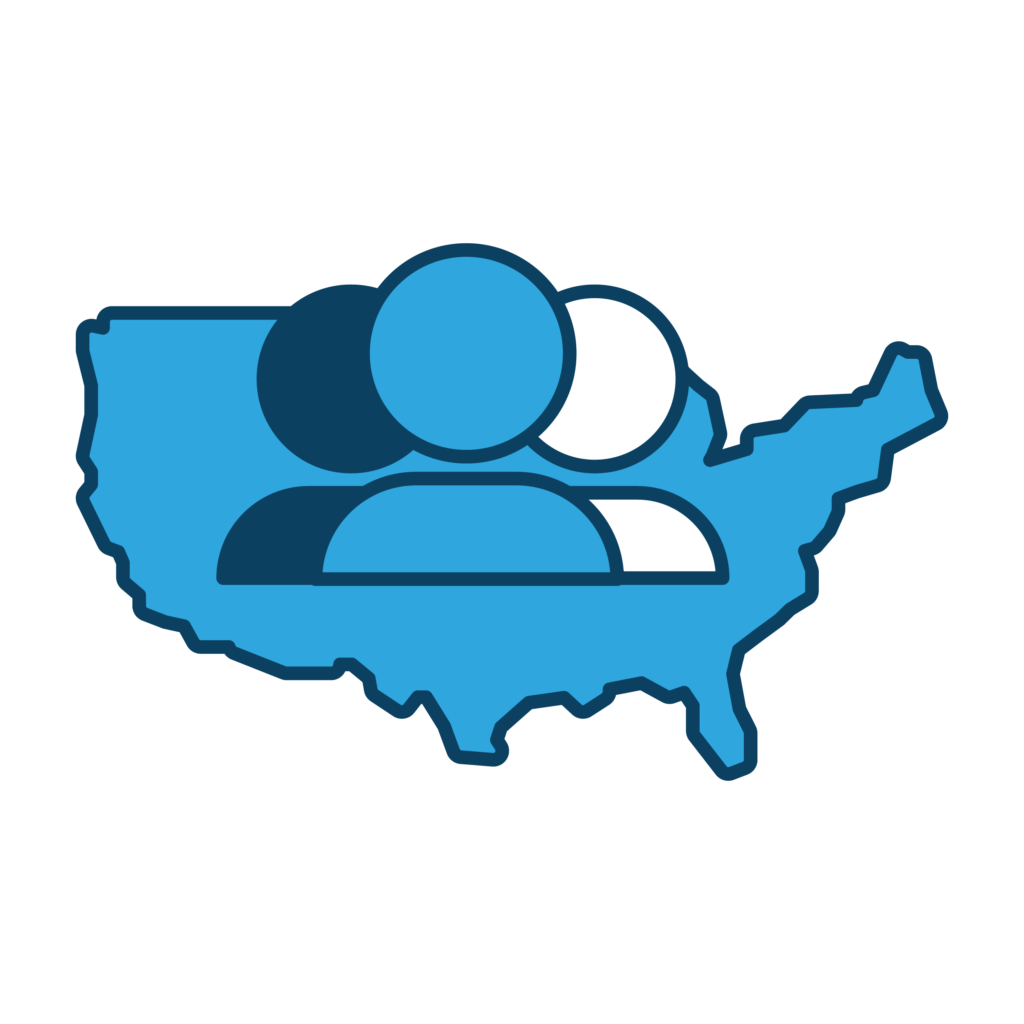How Many Poor People Are There?
The question "How many poor people are there?" seems much simpler at first glance than it is in reality. There are many ways to measure and define poverty, and different approaches will give different numbers.
The US poverty line
In the US, poverty is measured using the federal povertyline. This is a threshold measure, meaning that anyone earning below it isconsidered to be in poverty and anyone earning above it is not. According tothe official US poverty line in 2017, 12.7% of Americans live in poverty. Inraw numbers, that means 40 million Americans live below the poverty line.
But does the poverty line actually tell us how many poorpeople there are in America? The poverty line is calculated based on anestimate of how much it cost to feed a family of different sizes a basichealthy diet. In the 1960’s, when the measure was created, the average familyspent one third of their budget on food – so the poverty line today is simplythe cost of a healthy diet multiplied by three.
The problem is that things have changed since the 1960’s. Today, food is a much smaller portion of a family’s budget than before. Rent is a much higher portion. As a result, the federal poverty line underestimates how many people live in poverty. One study by the United Way, which looked at how many Americans had trouble affording basic needs like rent, utilities, childcare or a cell phone found that the real number of Americans struggling to make ends meet was closer to 40% - or closer to 150 million people.
The internationalpoverty line
Internationally, the United Nations and internationalorganizations like the World Bank define poverty as living with less than $1.90a day. Extreme poverty is defined as living with less than $1.25 a day.
These definitions also have their issues – for instance,they would suggest that poverty and extreme poverty are almost nonexistent indeveloped nations like the United States, while of course most experts (andanyone who lives in a city with homeless encampments or food pantries) wouldagree that that is simply not the case.
What is missed by the poverty line?
While these measures do give us a sense of how many people live in a certain economic situation, they paint a very limited picture of what poverty really is. There is an increasing agreement among researchers today that poverty is not simply monetary, that it is multidimensional.
ATD Fourth Word, in partnership with Oxford University, looked at the different multidimensional aspects of poverty during a three-year world-wide research project called the Multidimensional Aspects of Poverty (MAP) Project.
The MAP Project was unique among studies of multidimensionalpoverty in that people in poverty were included as co-researchers alongsideacademics and anti-poverty practitioners. The result is a set of dimensionsthat captures what the lived experience of poverty is like, and which areessential to understanding how poverty can be eradicated.
Our report on the findings, Pushed to the Bottom: The Experience of Poverty in the United States, is available for download here:
[purchase_link id="102" style="button" color="blue" text="Click here to download the public report"]
The key findings were that poverty comes about as a result of a process of subjugation.
To quote from Pushedto the Bottom:
“This subjugation gives one part of society power and influence while forcing another part of society to live in disadvantaged areas where they lack access to basic resources, to suffer ill health, to struggle against work- and employment-related hardships, to have their voice silenced or ignored, to exclusion and isolation, and to suffer stigma and shame.
“As a result, life in poverty is a struggle. Not just a struggle to make ends meet but a struggle to keep an internal balance and a struggle by people living in poverty to overcome these difficulties for themselves and for their loved ones.
“Poverty is characterized by constant uncertainty, by constantly being forced to choose between the lesser of two evils, and by knowing that your identity, a core part of who you are as a person, is too often treated as a liability.
“Poverty is aggravated by racism, by the way society treats your time as worthless, and by the sheer weight of the accumulation of dimensions of poverty.”
This multidimensional view of poverty opens up a new avenueto understanding and offers hope of how we can go beyond the federal povertyline.
So, how many poorpeople are there?
We cannot end poverty if we do not understand poverty, and multidimensional approaches to measuring poverty offer a promising way to improve public policy. While the aspects identified in the MAP report are not yet measurable indicators, they show clearly how the voice and experience of people in poverty can be included in deepening our understanding of poverty.

